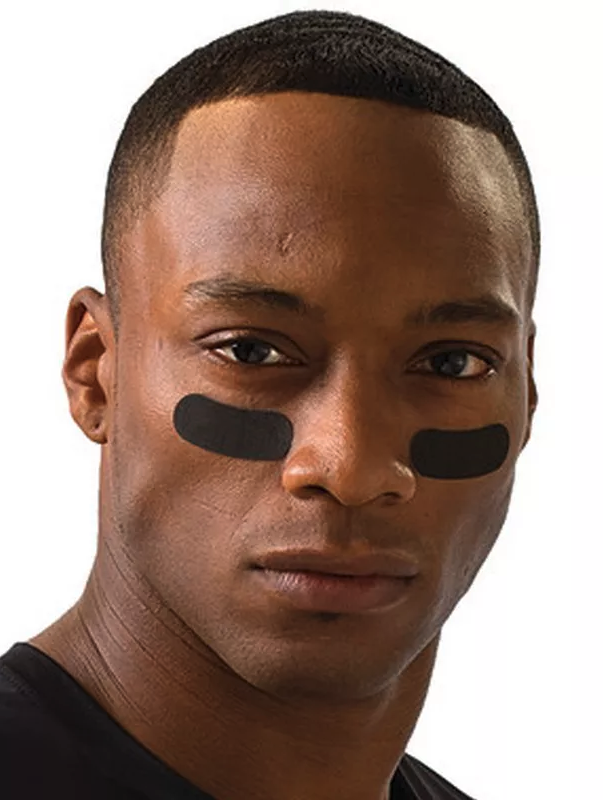Over the years, we’ve gone over a lot of reasons why certain things on planes are the way they are. These are some of them:
- Why some planes’ emergency exit doors have red tape over the windows
- Why they dim the lights (or not) for takeoff and landing
- Why plane windows have those little holes in them
- Why seats must be upright during takeoff and landing
A Design Trend From the Past
As I was perusing the internets, I noticed something interesting. Planes from years ago – typically the latter half of the 20th century – had a livery that included painting the nose cone either entirely or at least partially black.

 But nowadays, you rarely see that particular design. Most of today’s planes have a nose cone that matches the rest of the livery.
But nowadays, you rarely see that particular design. Most of today’s planes have a nose cone that matches the rest of the livery.
 What’s a Radome, Anyway?
What’s a Radome, Anyway?
The nose cone (or “Radome” – pronounced RAY-dome) is typically where the plane’s weather radar and other important antennas are located (antennas set aside, “Radome” is a good word. A dome over the radar). Decades ago, this equipment was fussy and susceptible to problems if it was subjected to rain and dust (both of which could be abundant at the very front of a plane). To protect the sensitive equipment, the Radome, which was initially metal and then, over the years, fiberglass, was covered with a black adhesive rubber material.
Later, airlines stepped away from the rubber coating and started painting the noses with black paint. But over the years, technology improved. The weather radar is still in the nose cone and is still persnickety, but modern-day Radomes are made of clear Polyurethane self-adhesive film, instead of rubber. So, they were eventually able to become any color the airlines wanted.
Glare Reduction: Another Reason for the Black Nose
If you’ve ever watched football, you’ve seen players mark under their eyes with “eye black” to decrease glare.
 The same applied to planes. A black nose, in either rubber or with flat paint, helps decrease glare entering the cockpit.
The same applied to planes. A black nose, in either rubber or with flat paint, helps decrease glare entering the cockpit.
Still Fighting the Glare Today
With fewer airlines painting the nose cone black, they sometimes paint the area just below the cockpit windows black; it provides the same protection against glare.

Feature Photo: Bill Abbott / Wikimedia / CC BY-SA 2.0 DEED
Want to comment on this post? Great! Read this first to help ensure it gets approved.
Want to sponsor a post, write something for Your Mileage May Vary, or put ads on our site? Click here for more info.
Like this post? Please share it! We have plenty more just like it and would love it if you decided to hang around and sign up to get emailed notifications of when we post.
Whether you’ve read our articles before or this is the first time you’re stopping by, we’re really glad you’re here and hope you come back to visit again!
This post first appeared on Your Mileage May Vary
